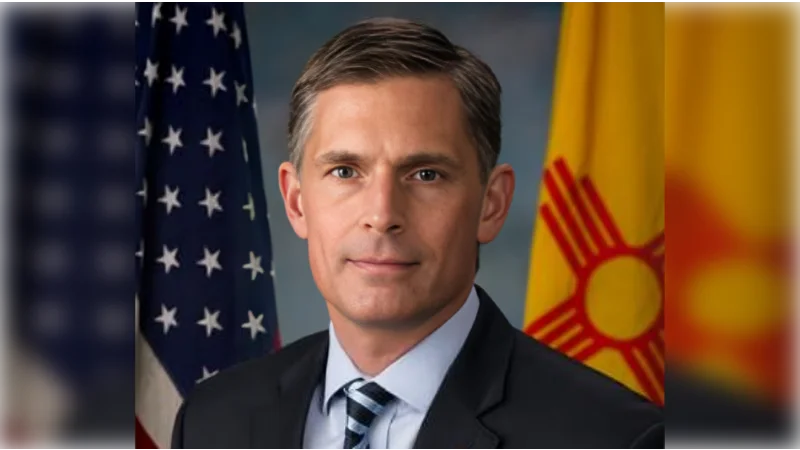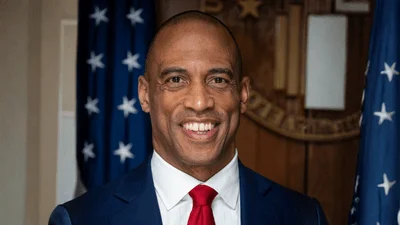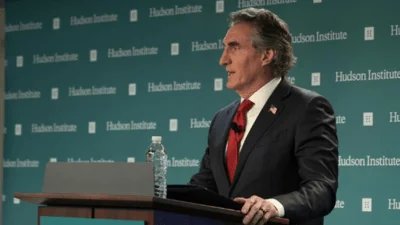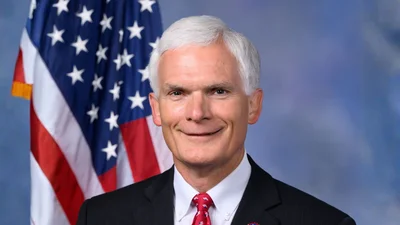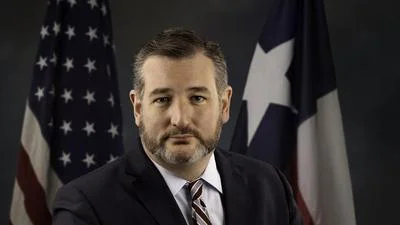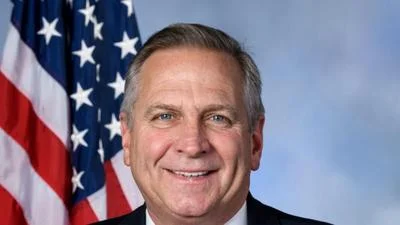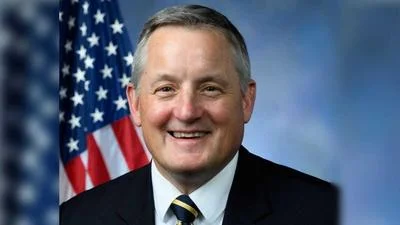During a recent hearing of the U.S. Senate Energy and Natural Resources Committee, Senator Martin Heinrich (D-N.M.), the committee’s Ranking Member, questioned experts about ways to improve permitting and consultation processes under the National Historic Preservation Act (NHPA).
Heinrich directed his questions to Dr. Chris Merritt, Utah’s State Historic Preservation Officer, and Steven Concho, Tribal Historic Preservation Officer for Acoma Pueblo. The discussion focused on expediting consultations with tribes and states when evaluating projects that may affect historic sites.
“In your experience, what would expedite consultation with states and Tribes and how much of this is ambiguity and how much of it is fundamental resourcing the offices that evaluate these projects?” Heinrich asked.
Concho described the approach used by Acoma Pueblo: “Yes, thank you for your question there. I think, as I stated, what worked for Acoma is the Acoma model, which does force the proponents, project proponents, to consult with the Tribe and bring us in at an early stage. That way we know exactly what's going on and how we can approach this, the projects, together. And it has worked, and we have had very much success with that model. And so, I think just involving the Tribes and getting them, bringing us in early, at early stage, really expedites and often, in the long run, saves costs.”
Dr. Merritt noted differences among states regarding resources available for historic preservation work: “I feel I'm very lucky to work in Utah because our governor and our legislature provide us the tools to do this efficiently. So always, the knee jerk answer is like more money, more staff—and in some cases in some states and many tribes that is very very true. In Utah that is not the case.”
Heinrich then asked about budget details for both Utah’s office and Acoma Pueblo’s program.
Dr. Merritt responded: “So this is a good question. So we received 60% of our budget from the National Park Service through the Historic Preservation Fund. So I'm sitting up here 60% federally funded...”
When pressed further about state funding contributions: “So the state side is that 40% match.So,it’s about a million dollars from the feds.And then,you know,$800,$700-$800000 fromthe state.And so,your question towards efficiencies,I think again,it goes towards earlyand often.I think you're goingto hearthat alot.A lotofprojects wesee inUtahthat go sideways ifwe had had better integrationveryearlyoninthe process ifthe proponenthad been toldlike,thisisan expectation ifthe agencies talkto each other,Ithink allofthose embed efficiencies inthe system.”
Heinrich also clarified funding levels for tribal offices: “Mr.Concho what’s your budget again? Did you say $100000?”
Concho replied: “Yes,a little over $100000 isthe appropriations wereceive.”
The conversation shifted toward tools within NHPA that could streamline routine reviews similar to categorical exclusions under NEPA.
Dr.Merritt explained:“Thank you Senator forthat one,because thisisoneI'mreally passionate.My13 years atthe state,Ihave invested heavilyinwhatwe call Programmatic Agreements.So,inthe800-regulations that implement section106 they give usthe tooltocreate agreements thatcan make routine or even complex undertakings intoan agreement documentthatyou enterthesausage grinder,andyou knowwhatyou're goingto endupwith.Programmatic Agreements havethe abilitytowhatwe call streamline,andthatisputting those thingsinbucketsorbasketsor whatever analogy we'd like.Andthat allowsus efficienciesinthesystem,because notevery single fence restringing project,o revery single USDA disbursementtoa farmerforacrop replacement—that doesn't needtogo througha full four step process.Andso,we can usea Programmatic Agreementtosay analyzeitatagency level,doyour tribal consultation,butwedon't needtoseetheprojectatthestate SHPO.You sendthattousattheendoftheyear,andso that'swhereour caseloadisprobably higherthan1500becausewe put somanyofthose casesintolarge buckets.”
Finally,the importance ofinvolving tribal perspectiveswas addressed byHeinrich:“Mr.Concho,given historyofour country,the historyofyour Pueblo whyisitimportantforustohear your perspectivewhenwe considerhistoric preservation issues?”
Concho emphasized:“Thank youforthatquestion.Yes,it’svery importantthatyou hearthePueblo’s perspective,becausefrom whereI'mfrom,we havelivedthislifeforalmost1 000years.AndI'mhereasaTPHO,inthiscapacity,becauseIlovewhatIdo,I love my job,andIdothisforthose—those folksyet tob eborn,to protecttheareawhereI'mfrom.It’sbecauseit’sbeen[inaudible]–weh avefootstepsallovertheSouthwest,andwestillcontinuetomigrateandvisitandtouchtheseplaceslikeMesaVerde ChacoCanyonandprotecttheseplaces throughsong throughprayersandoftenwegoandvisittheseplaces stilltoday.These places people refer tothem asruinsorabandoned butthey'renot.Westillgototheseplaces.They'relivingplacesthatstillholdmeaning tothePuebl opeople.Andthisiskindofwhat whereIcomefrom fromtheSouthwest fromthePuebloofAcoma oneoft heoldestcontinuouslyinhabitedcitiesintheUnitedStates.And we'rehappy tob ethatway becaus ewestillcontinue tohav eourtraditions astheyweregiventousfor1 000years,andprotectingalltheseplacesinbetweenkeepsourtraditionalive keepsourtraditiongrowing.”
Heinrich concluded,“It’ salivingculturallandscape.”
